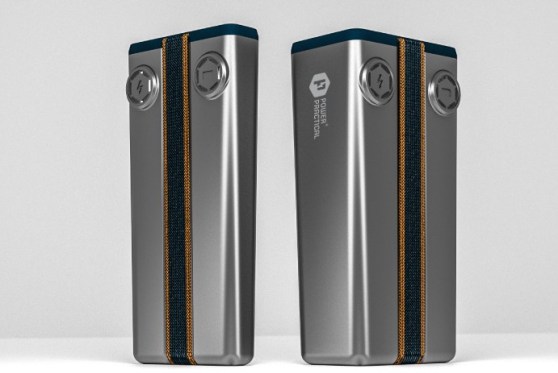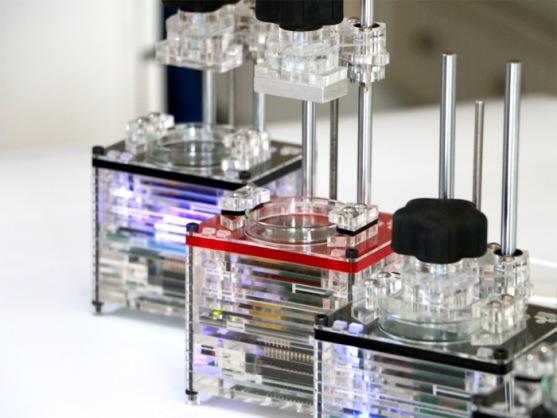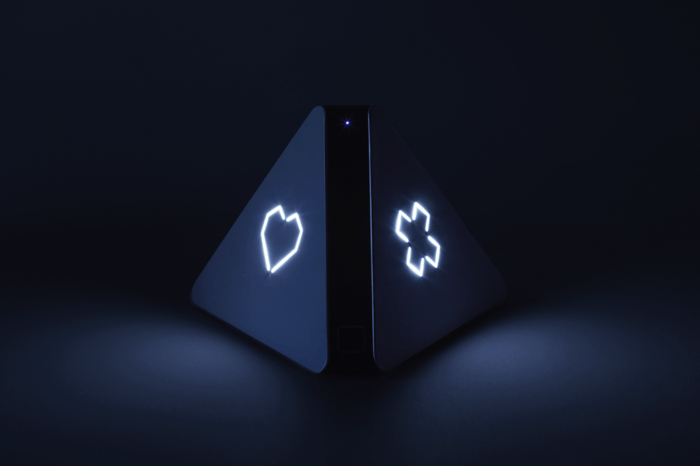Each week, our friends at Backerjack bring us updates on some of the most successful gadget crowdfunding campaigns.
Prizm
A Paris-based company created Prizm to facilitate the process of personalized music curation. The slick product connects to existing speakers through Bluetooth, optical, or a 3.5mm wire, and provides an interface to not only discover new music, but instantly sync your favorites to your playlists with the simple press of a button. Prizm is clever, too: its contextual approach adapts to not only who is in the room, but the kind of atmosphere as well. If there are just two people present, it combines their tastes and plays a song they both enjoy. If there are 15 people present, the acoustic sensor will recognize the ambient noise and play something more suitable. Prizm has raised over $100,000. Backers seem to agree that these smart speakers are worth pushing into the market.
Pronto
Power Practical is looking to alleviate dead phone woes with its fast-charging Pronto battery pack. It comes in two flavors: The Pronto 5 has a 4500mAh capacity, while the Pronto 12 boasts a 13,500mAh capacity — enough to charge an iPhone 5 nine times. An integrated “smart chip” tells any device to receive charge at its maximum amount, and a hard-anodized aluminum enclosure makes certain nothing can happen to your precious power while you wait. The Pronto 5 can charge using both USB and a wall outlet while the Pronto 12 can only be charged by the latter. This Kickstarter staff pick has raised six times its original goal, ensuring that it will soon be manufactured and enjoyed by all.

iBox Nano 3D
iBox Printers has created the iBox Nano 3D: the world’s smallest and quietest 3D printer. Weighing only three pounds, the device is capable of untethered resin printing over Wi-fi using any browser on any device, eliminating compatibility concerns. The product was also conceived with the home user in mind, so there is no software to install. In addition, this product takes advantage of the large amount of open-source 3D modeling software and uses UV LEDs instead of DLP projector bulbs, which last longer and use less power. The 328-micron resolution of the XY axis complements the .39-micron resolution on the Z-axis so that users can print fine detail without breaking the bank for more expensive printers. iBox Nano 3D has a huge campaign goal of $300,000, but is doing well on Kickstarter with almost a thousand backers. It’s clear that many want to get in on the advantages of 3D printing on the go.



